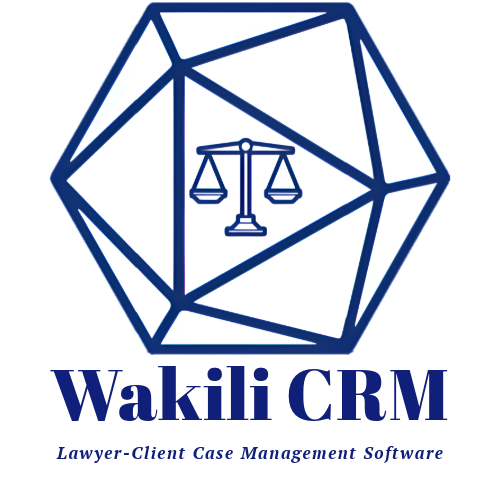Introduction: Why Law Firms Must Evolve or Get Left Behind
The legal profession has always been grounded in precedent, process, and paperwork. But in 2025, the rhythm of practice is being disrupted—not gradually, but dramatically. Clients now expect their lawyers to operate with the same technological agility and user-friendliness as their banking app or online store. And the truth is, the modern law firm that fails to evolve technologically is not just inefficient—it is at risk of becoming obsolete.
This shift isn’t about being trendy or tech-savvy. It’s about survival, profitability, and professionalism. In an era where competition is global and client expectations are sky-high, law firms need more than legal expertise to thrive. They need streamlined systems that make work faster, smarter, and more client-centric.
This is where legal workflow tools come in—not as optional upgrades but as essential infrastructure. From client onboarding and case management to document automation and billing, these tools are changing how law firms operate, deliver value, and scale.
This guide dives deep—not just into what workflow tools are, but why they matter, how they solve real pain points, and what your firm should consider when choosing one.
1. Understanding Legal Workflow: From Chaos to Clarity
What Is a Legal Workflow?
A legal workflow is a structured, repeatable series of tasks that lead to the completion of a legal service. It could be onboarding a new client, preparing a legal brief, conducting discovery, or closing a case. Each of these processes involves multiple steps, roles, deadlines, documents, and decisions.
Traditionally, these workflows were managed through physical files, whiteboards, Post-It notes, email threads, and someone’s memory. This manual approach might have worked with a handful of cases. But with growing client bases, complex litigation schedules, and hybrid work environments, this old system turns into chaos fast.
Workflow tools solve this by digitizing each process. They assign responsibilities, enforce deadlines, generate reminders, track updates, and create audit trails. Instead of scrambling to find out what’s due, who’s working on what, or where a case stands, your entire team gains clarity—at a glance.
How It Translates to Day-to-Day Practice:
-
A new client signs up → automated intake form collects details.
-
A welcome email is triggered automatically.
-
Tasks for document collection and conflict checks are generated.
-
The case file is pre-populated with intake data and assigned to a paralegal.
-
Deadlines are synced to your calendar and client portal.
No chaos. No missed steps. Just a smooth, repeatable process.
2. The High Cost of Manual Legal Workflows
Let’s talk about the hidden costs of sticking to the old ways.
According to recent legal industry studies:
-
Lawyers spend up to 31% of their time on administrative tasks.
-
The average lawyer only bills about 2.5 hours per workday.
-
Law firms lose up to 35% of potential revenue due to poor time tracking and billing delays.
Where does the money go?
-
Missed deadlines → malpractice risks.
-
Forgotten follow-ups → lost clients.
-
Unsent invoices → cash flow problems.
-
Inconsistent documentation → court rejections.
-
Task duplication → wasted staff hours.
These aren’t minor inefficiencies. They’re symptoms of operational decay—and they drain your firm’s time, trust, and revenue.
Workflow tools don’t just plug these leaks; they build a better pipeline. With tasks assigned, deadlines tracked, and documents centralized, your team spends less time managing work—and more time doing it.
Think of It This Way:
Every billable hour lost to admin work is money that could have funded your firm’s growth, training, or tech upgrades. Workflow automation turns this around.
3. From Reactive to Proactive: Why Smart Law Firms Rely on Workflow Tools
Manual workflows force law firms to operate in reactive mode—putting out fires, chasing documents, and apologizing for missed calls or delayed updates. Workflow tools flip the script.
Imagine this:
-
A prospective client submits an inquiry through your site.
-
They receive a professional welcome email within seconds.
-
The system checks for conflicts and schedules a consultation.
-
Case files are auto-generated with pre-filled client info.
-
Tasks for discovery, document gathering, and court prep are assigned.
-
Progress is monitored on a central dashboard.
You didn’t have to lift a finger to coordinate all that—it just happened.
This is the power of proactive practice. It’s not about being faster for the sake of speed. It’s about delivering consistent, excellent service while minimizing friction, burnout, and human error.
Key Benefits:
-
Predictability: Know what’s happening with every case, every day.
-
Productivity: Reduce repetitive tasks and reclaim legal hours.
-
Profitability: Capture more billable time. Reduce write-offs.
-
Professionalism: Impress clients with seamless, timely communication.
You become not just a law firm—but a high-performing legal operation.


Comments
A simple comment on this post
Posted on 21 Apr, 2025